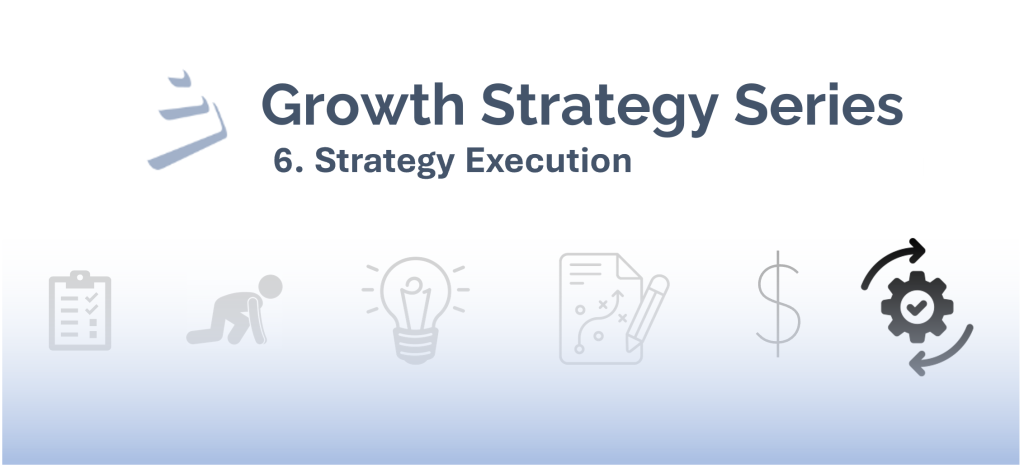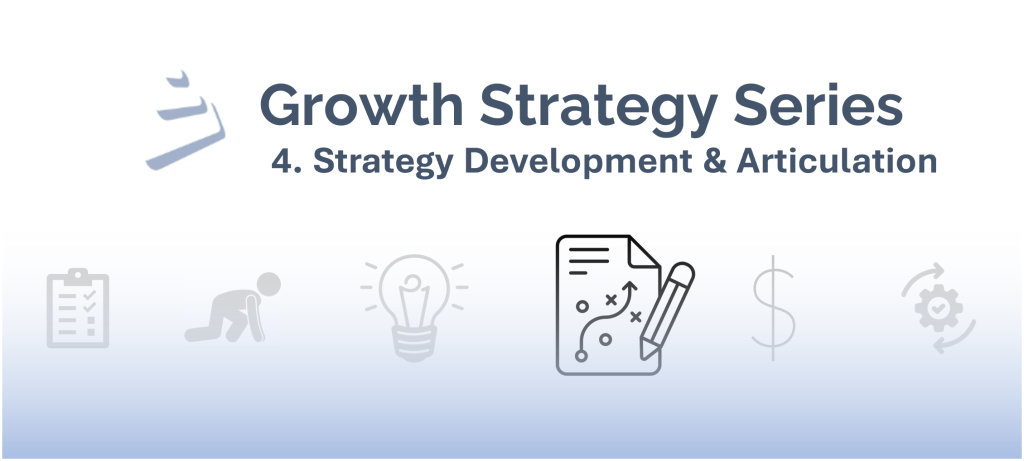For most marketing executives, the advertising agency relationship is focused on just one thing: producing advertising that will drive business growth. While this is, indeed, the ultimate deliverable, there is a lot more to agency performance than delivering breakthrough creative and integrated media plans.
First and foremost, agencies are service firms. They need to provide a talented team of individuals to do the work. They need to deliver an appropriate level of client service. They need to project manage competently. They need to invest sufficiently in understanding your business. And they need to charge appropriately for services rendered. Clients, in turn, must provide their agencies with sufficient background on their business. And they must be willing to hold agencies accountable for delivering the full range of their capabilities.
The constant theme in our work with clients and their agencies is this: the stronger the relationship with the agency is, the more productive the relationship becomes. Here, then, are ten recommendations to help you get the most out of your advertising agency.
1. Understand the Agency’s Business Model and Compensation Structure
Understand the agency’s business model, specifically, how it prices its services, manages costs and creates sustaining value. Understand the relative balance of fee, commission and mark-up revenue streams and identify compensation structures that create win-win outcomes for both organizations (e.g., avoid commissions and mark-up fees that reward higher spending, while agreeing to make the agency whole on cost recovery and profit). Explore opportunities to create shared risk and reward where viable.
2. Understand the Agency’s Areas of Competence
Understand the agency’s core competencies, both functional (e.g., creative, strategy, planning, account management) and by marketing vehicle (e.g., broadcast, print, digital, grassroots). We find that agencies prioritize investment in functional skills in accordance with their philosophy and perceived value-added differentiation. We also find that agencies have a “core,” both within functional competencies and marketing vehicles. Consider an “open source” model that employs a lead agency for its core skills, and supplement the team with specialized expertise as indicated.
3. Ascertain the Level of Access to Top Agency Executives
Determine the level of access you can expect to receive from the top executives – the CEO, Creative Director, head of Planning or Account Management. Will it be face time or real time? Will they be engaged in your business or just engaged to manage your expectations and protect the agency’s interests? Establish solid top-to-top personal relationships with agency executives and solicit senior executive input and presence wherever and whenever you think it is in your organization’s interest. Remember, agencies are in the service business and most top agency executives prefer to be in the loop when they can add value, not after you’ve determined you have a performance issue.
4. Establish Parameters of Interaction
Establish parameters of interaction with the agency, including expectations for direct engagement with the creative team, media planners and production experts who will be developing and executing the work beyond the reach of the account management group. Engage your account management team to be advocates for the client within the agency, not just the agency’s advocate to the client. The account teams’ embracing of this dual-role is essential to driving good work across the client-agency team.
5. Establish the Evaluation Protocol
Determine the criteria by which you will review agency performance, and the intervals at which these assessments will take place. Develop a set of metrics with the agency that will be used to measure and evaluate performance. Link agency evaluation to compensation where viable to motivate and recognize strong performance. Engage the agency in self-evaluation as part of the process, including providing feedback to the client organization on effectiveness in setting objectives, providing strategic briefs, evaluating creative and media plans, and supporting execution in the market.
6. Challenge the Agency to Make Strategic Contributions
Invest in the agency team to educate them about your category and business. Empower the agency with the sharpest insights on the category and the competitors in the market, and the most clearly articulated marketing objectives that can be framed. Expect the agency team to immerse themselves in your consumer, their motivators and buying behaviors, and their involvement with the brand and the category. Monitor the agency’s ability to learn continually from competitive activity, business performance and research, and to anticipate and respond to threats and opportunities. Challenge the agency to contribute where possible to setting strategic communications direction and to determining the metrics for success. Require that they deliver fully integrated campaigns, including new media, from pitching the “big idea” in the first creative review through completion of the campaign.
7. Challenge the Agency to Contribute Novel Insights and Ideas
Stimulate the agency with research and analysis that can help them to produce novel insights and ideas. Challenge the agency to produce breakthrough creative ideas, and allow these ideas to be vetted internally and externally to drive stronger creative work. Engage the agency team to assure that they know how – and where – to engage and activate consumers and decision-makers.
8. Expect the Agency to Deploy its Top Talent
Expect the agency to have dedicated, key talent across disciplines working on your business. Identify mission-critical roles that require top talent, and assure that resources are dedicated or easily available as needed. Reach into the agency’s broader talent pool when you need additional expertise, or supplement the core agency team through an open sourcing model to assure that you have the critical talent required to achieve your marketing objectives.
9. Ensure Fit
It is essential that the client-agency relationship be based on a good “fit” – including shared values, mutual respect, strong relationships, common goals and outcomes, and a similar philosophy that guides business practices. Reassess fit on an ongoing basis, particularly as business conditions, agency ownership and management and/or strategy evolve.
10. Foster Collaboration
Insist that the agency integrate you and your team to work with them in a collaborative, transparent manner. Structure the agency’s role to fit within – and not beyond – its core competencies. Align your marketing and communications team to interface with their counterparts formally and informally and to share ownership in the work and the outcomes. Hold your organization accountable for being a “good client” – setting objectives and direction, engaging with agency resources, investing the time required to succeed, and demonstrating the strategic and management capability to help drive the agency’s performance.
Is the above asking an agency to do more than it typically does in a client relationship? Yes. But the exceptional agencies – the ones that desire a long-term relationship with you – know that having the relationship described above will be to their best advantage. It is the marketing executive’s responsibility to set the standards and steward the relationship to drive performance and success.


